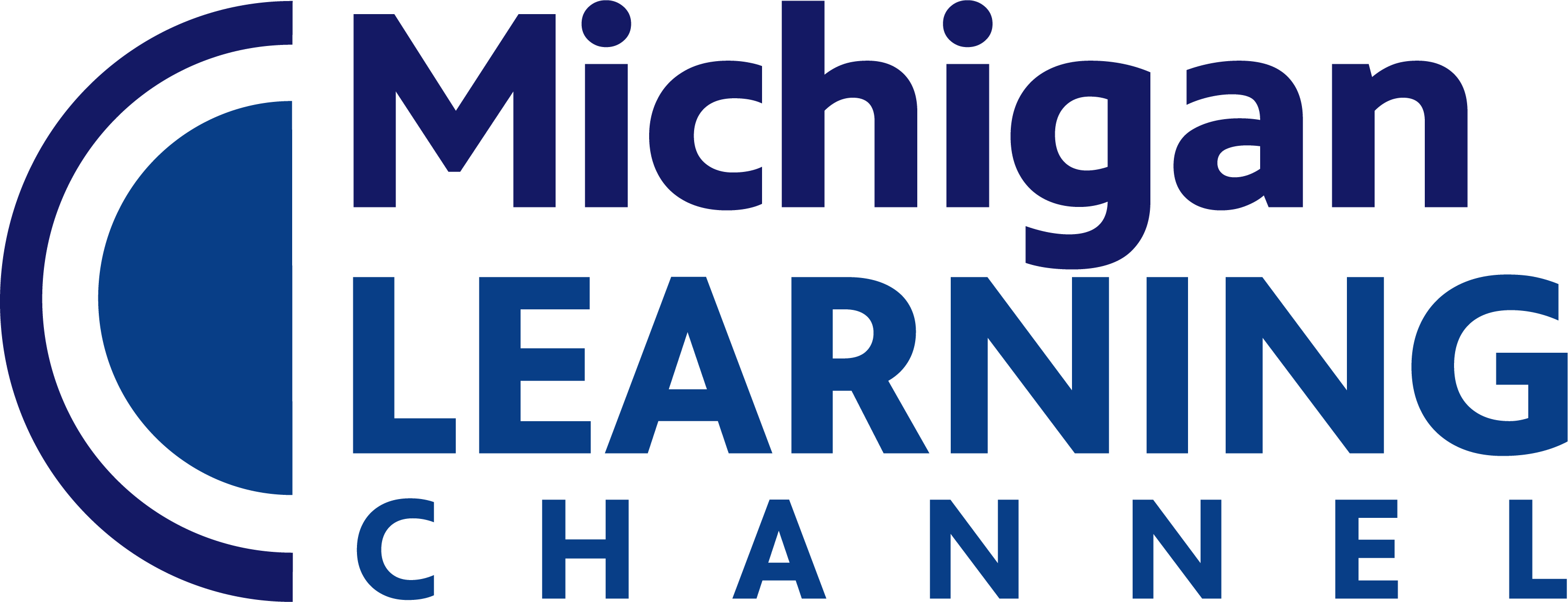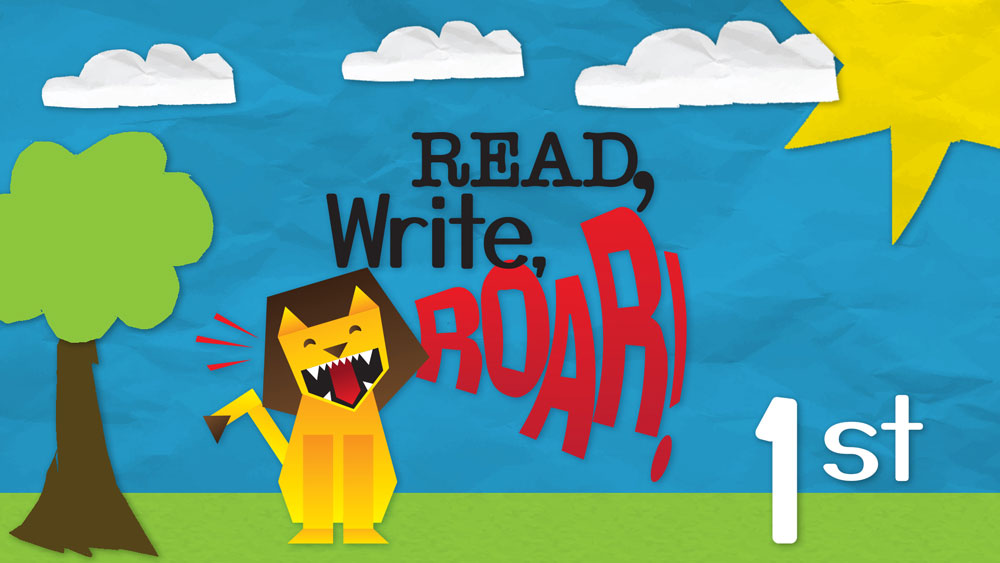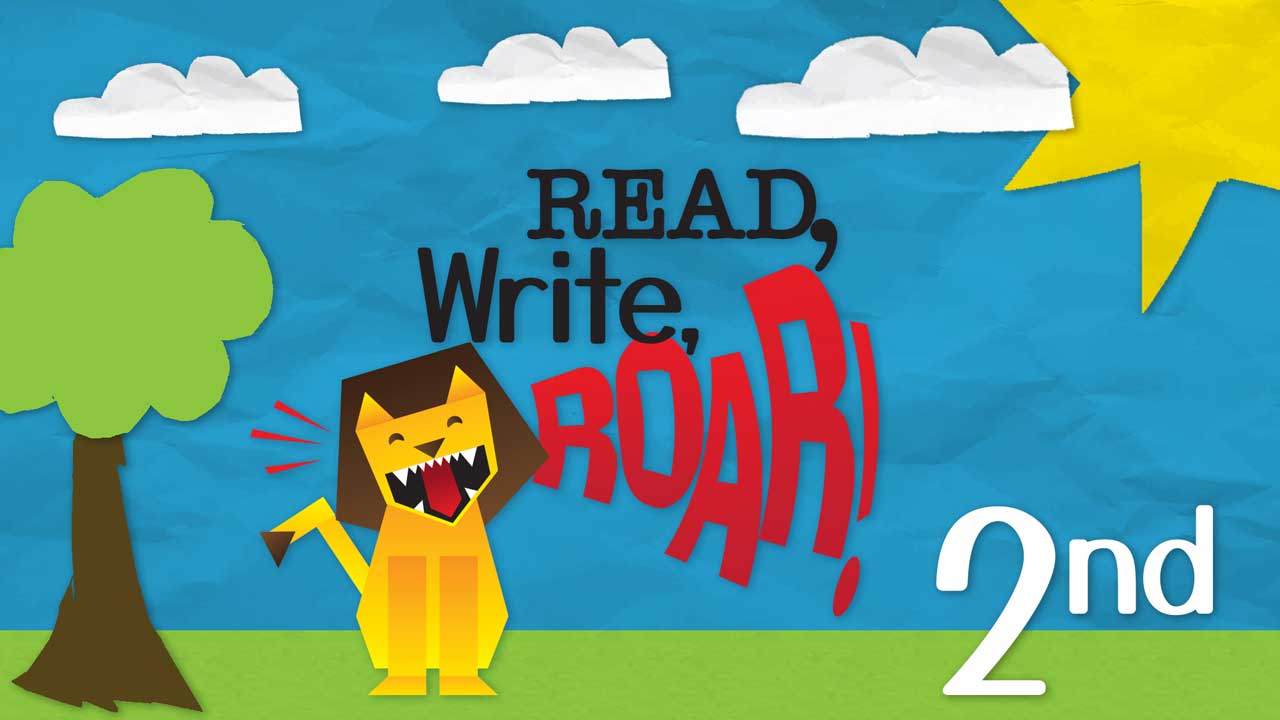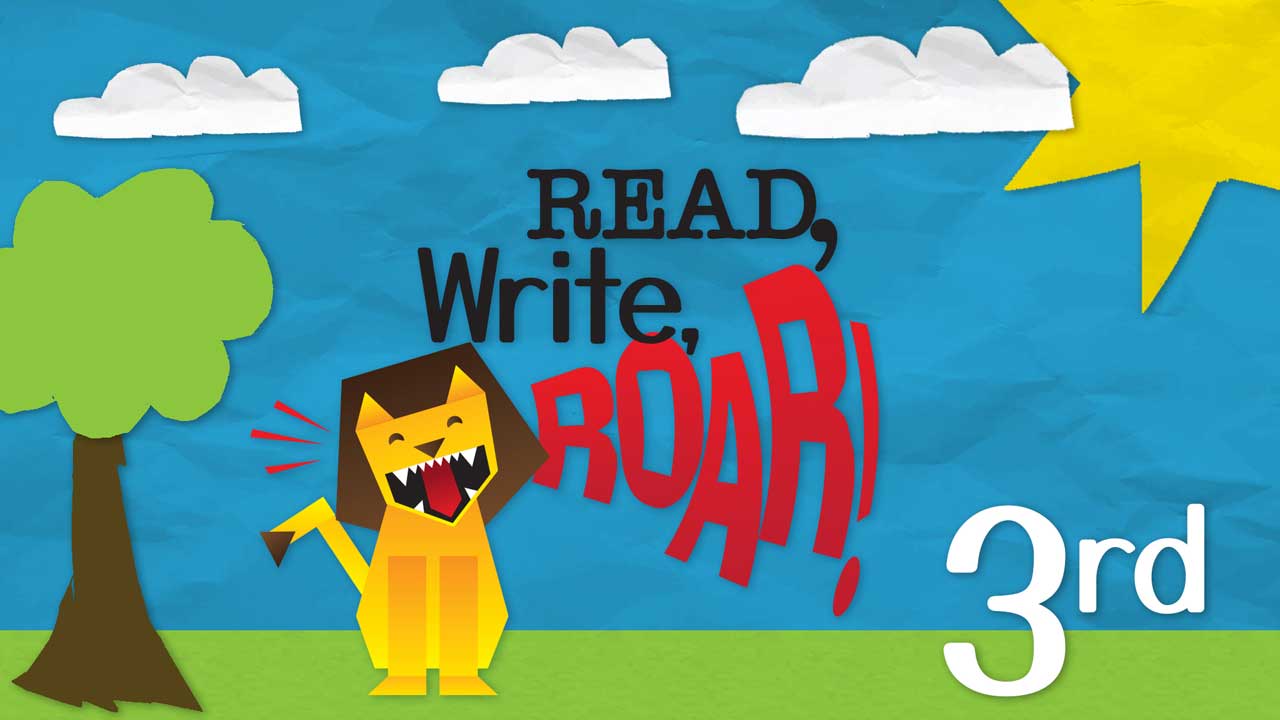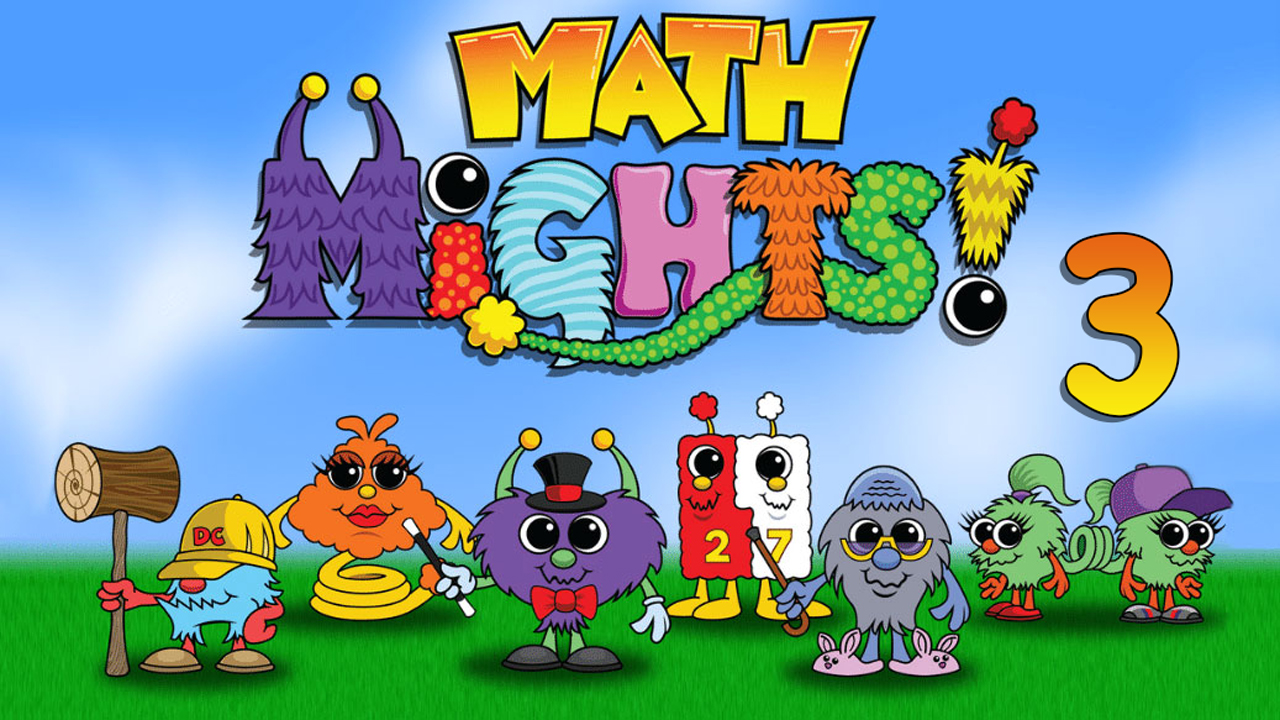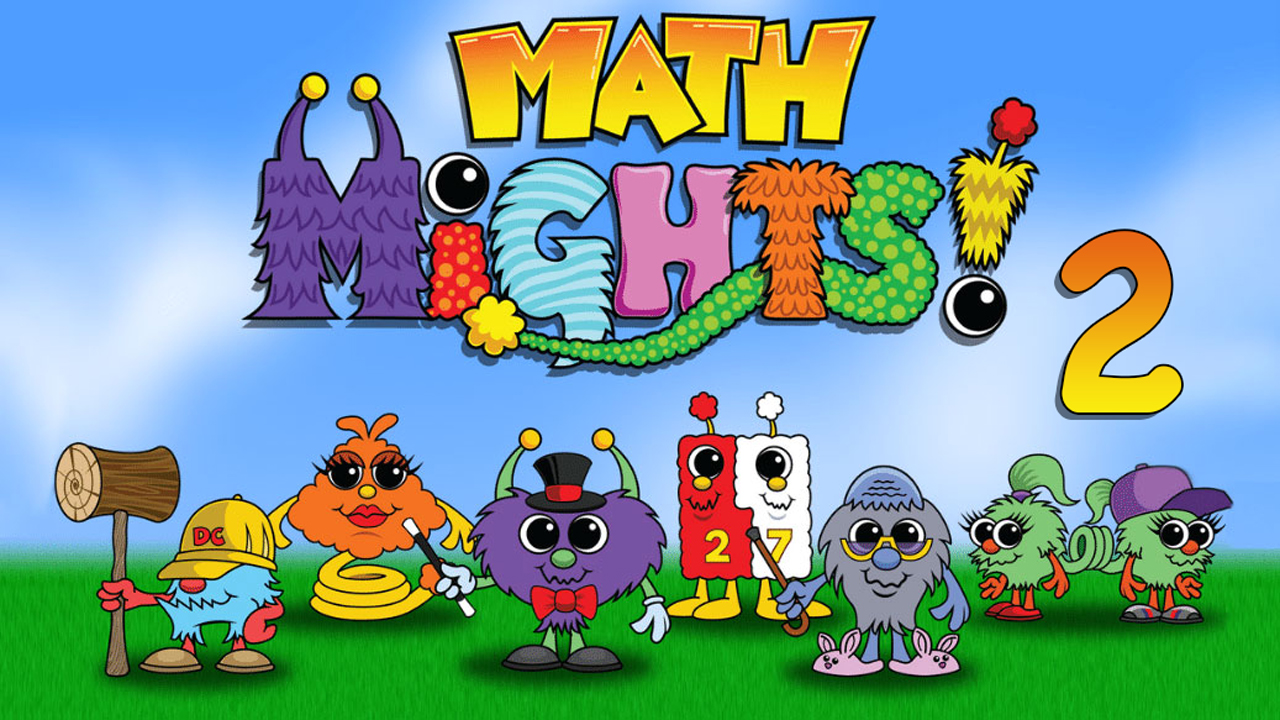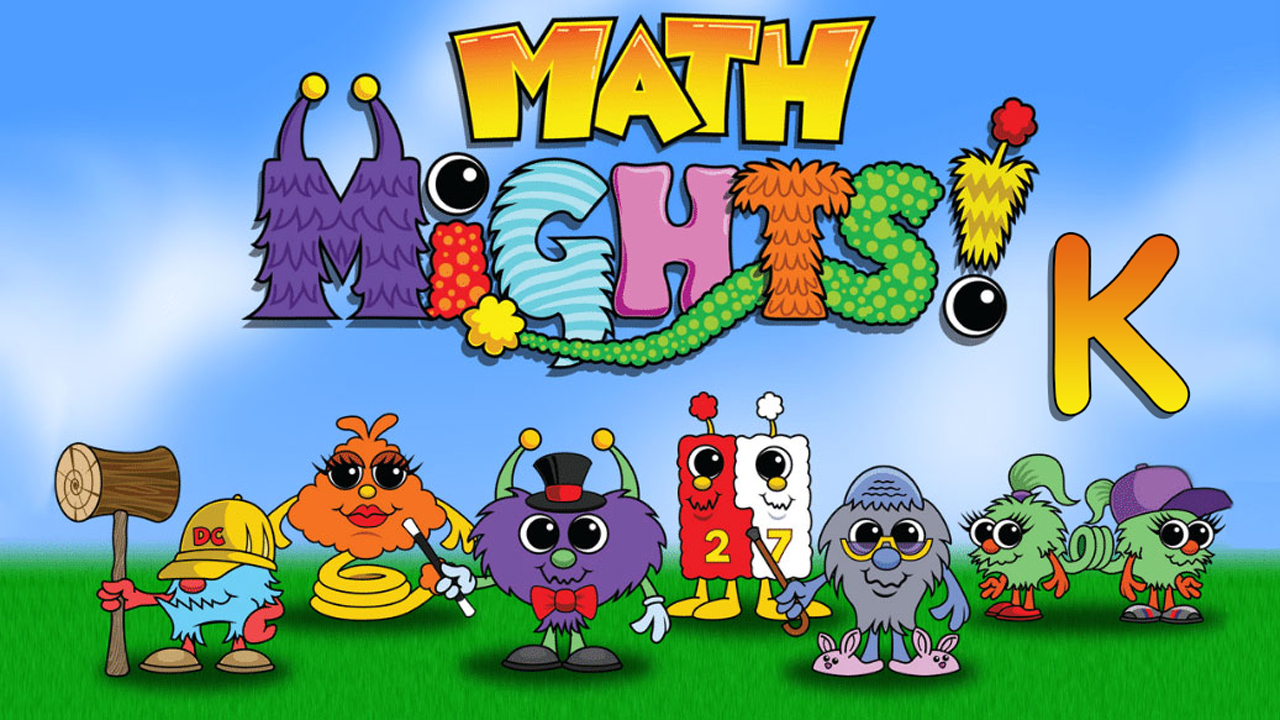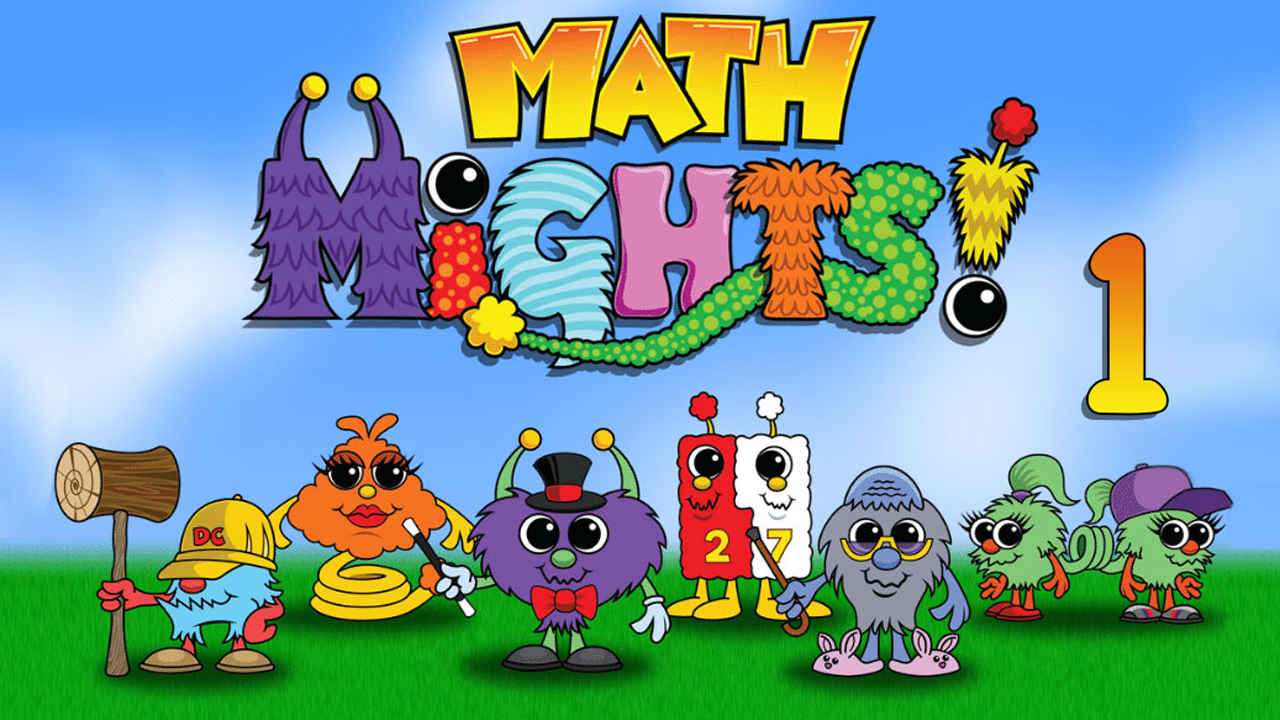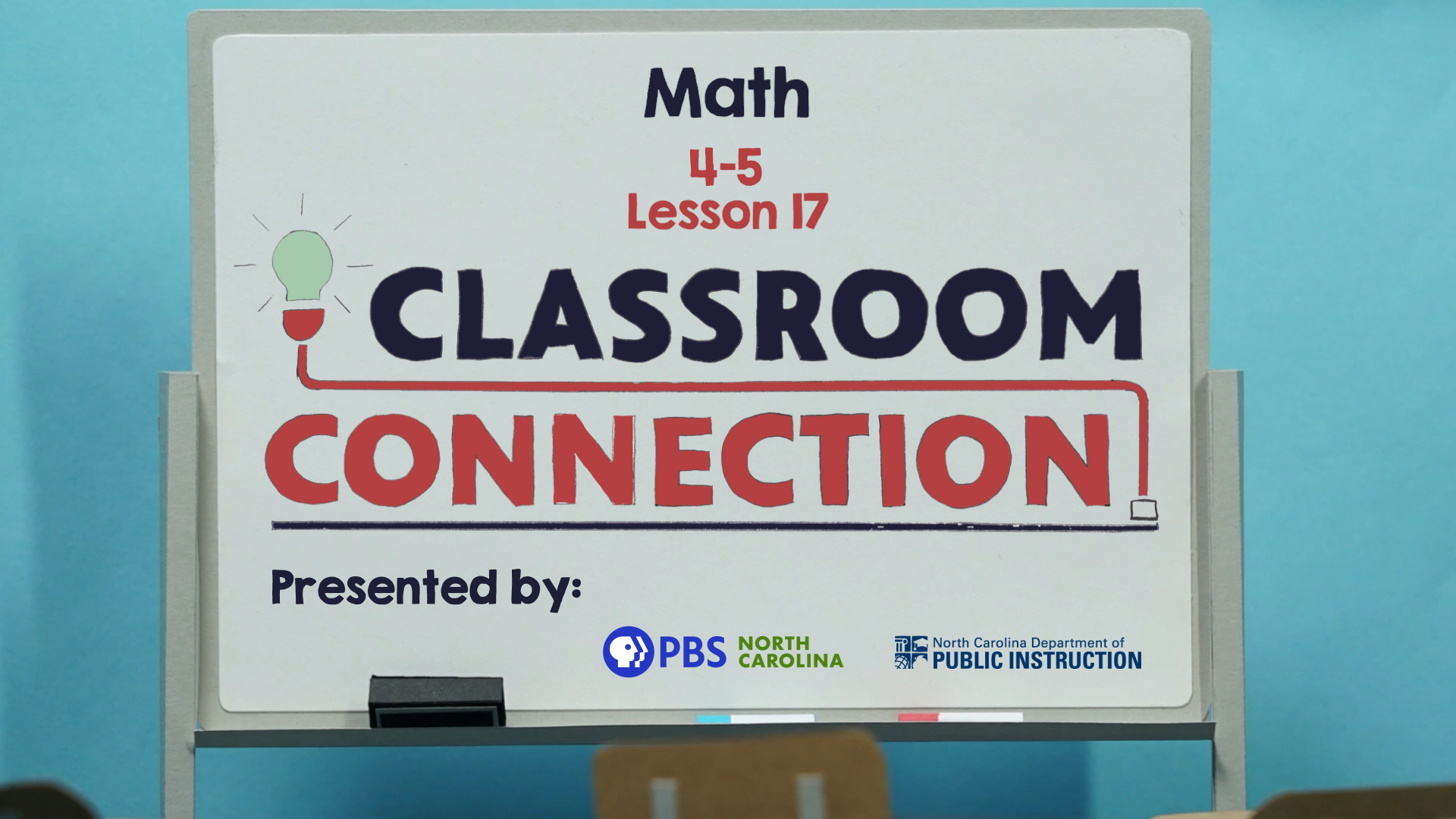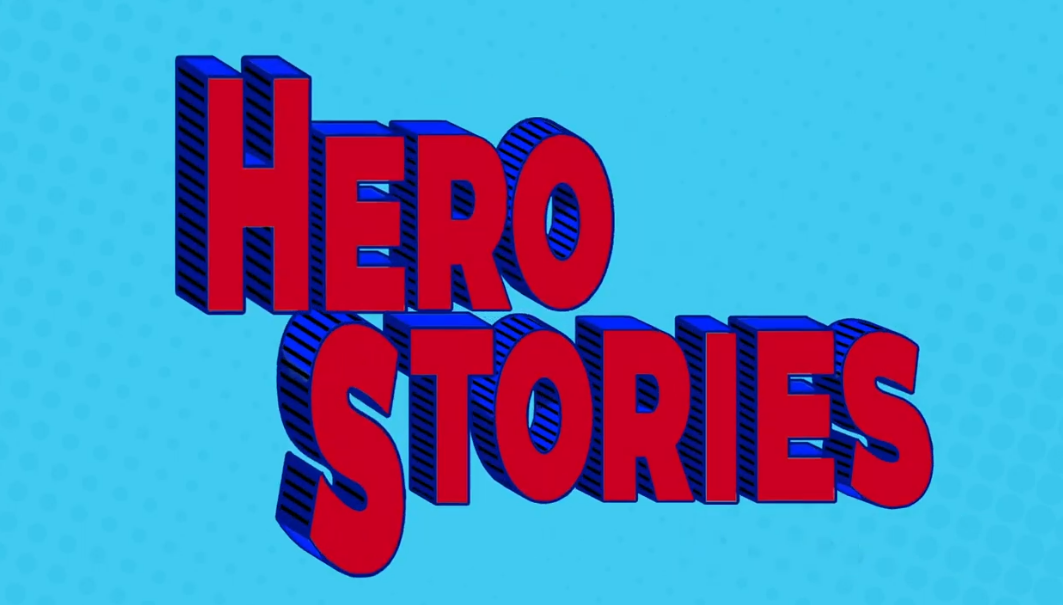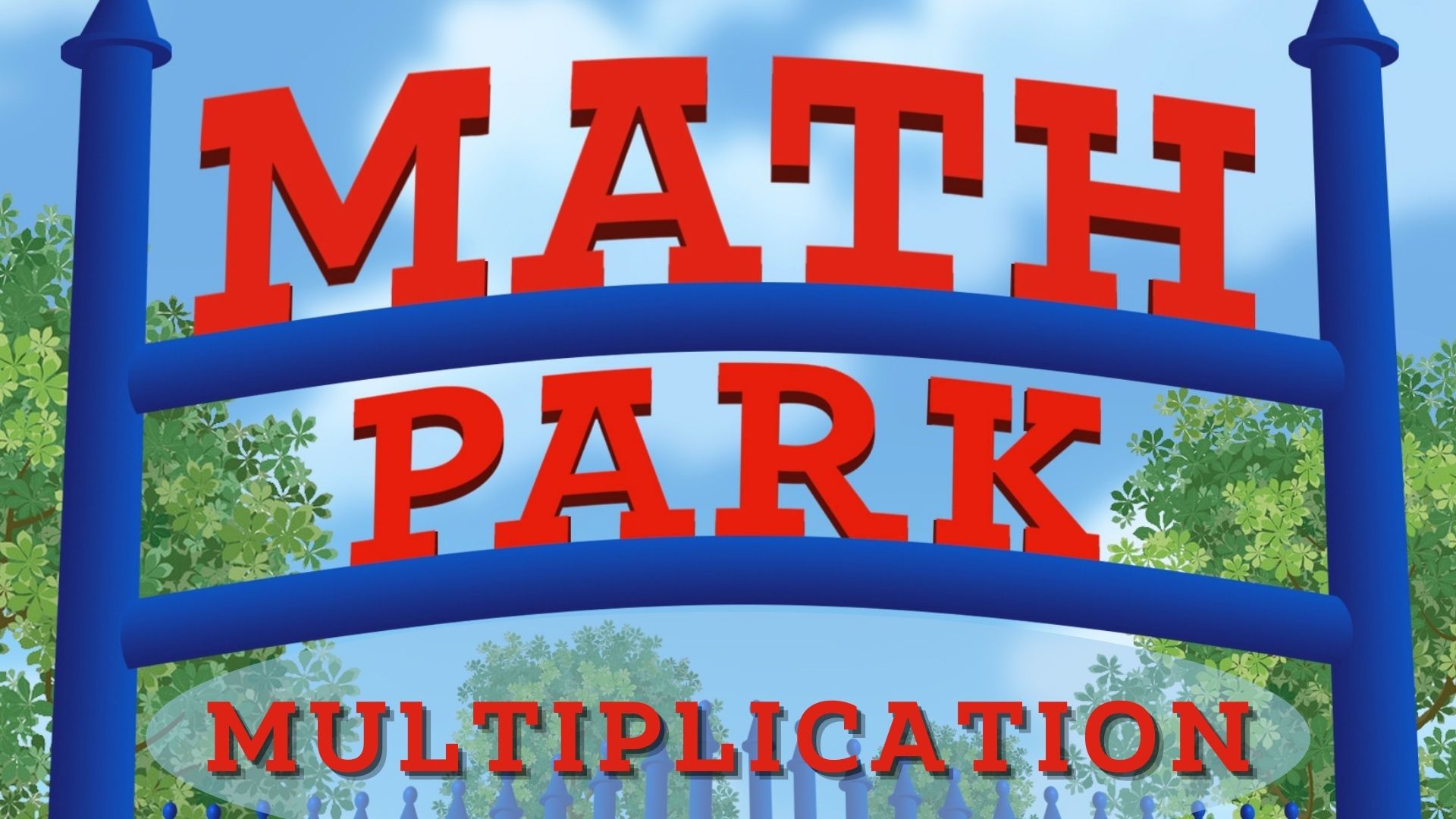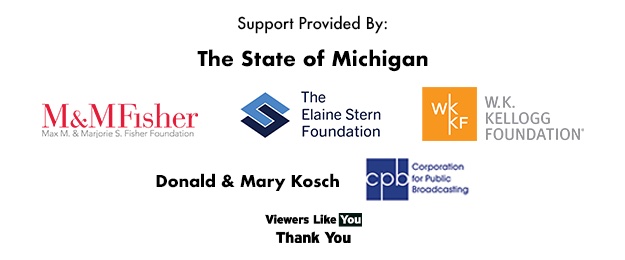Subjects
Grades
Shows
Standards
Lesson 206
Practice new words and learn how to edit and revise a story.
Lesson 206
Practice words that include -ngth-, then read and write about volcanoes.
Lesson 206
Learn about the under- and after- prefixes and continue our narrative writing.
Lesson 113
Use decomposition to find the area of figures. How will you decompose the figures into rectangles? Engage in a Number Talk and compare your strategies to others.
Lesson 111
Decompose numbers to subtract. Engage in a Number Talk focused on subtraction strategies. Can you solve the problem without pencil and paper? Play a fun subtraction game called "Less than 10".
Lesson 111
Explore area with square inches and centimeters. How can we use square inch tiles and centimeter cubes to compare the area of squares and rectangles? You'll also engage in a Number Talk focused on subtraction strategies.
Lesson 112
Use the 10-frame to increase your number sense. Play fun games called "Deck o' Dot Duel 10-frame" and "Same, Less, More." Engage in a Number Talk to find "how many" and to answer a secret question.
Lesson 112
Solve addition and subtraction word problems with a Step-by-Step Visual Model checklist. Understand what the problem is asking to help you solve it. Engage in a Number Talk to find "how many" and to answer a secret question.
Lesson 112
Count up or down on an open number line. Explore a subtraction strategy and see if it helps you to subtract. Engage in a Number Talk.
Lesson 112
Explore area with partially tiled rectangles. Can you apply what you know about multiplication to figure out the area of the rectangle? Discover lots of different units that we can use to measure area. Engage in a Number Talk and compare your strategies with others.
Lesson 204
Practice words with the -thr- word part and read a book about earthquakes.
Lesson 204
Learn about the -ous and -en suffixes and examine an exemplar for narrative writing.
Lesson 01
In today's episode, Lauren and Eric show us how Show Not Tell applies to character traits.
Lesson 2
In today's episode, Lauren and Eric show us how Show Not Tell applies to emotions.
Lesson 4
In today's episode, Lauren and Eric show us how to use similes to Show Not Tell.
Lesson 3
In today's episode, Lauren and Eric show us how Show Not Tell applies to emotions. Each episode of SPTV includes one of these educational lessons. Catch full episodes of Story Pirates on the Michigan Learning Channel.
Lesson 308
Represent fractions as parts of a set using the decimal fraction one-hundredth (0.01). Practice reading and writing decimals. Explore mixed fractions and decimals. Compare mixed decimals. Understand place value with mixed decimal numbers.
Lesson 307
Represent fractions as parts of a set using the decimal fraction one-tenth (0.1). Practice reading decimals. Explore mixed fractions and decimals. Compare mixed decimals.
Lesson 306
Use visual fraction models to add and subtract fractions with the same denominators. Notice patterns in the numerator and denominator of the sum and difference. Get some more practice with identifying and representing equivalent fractions.
Lesson 305
Explore, represent, and identify equivalent fractions. Compare fractions that are not equivalent.
Lesson 304
Use area models to represent fractions. Explore fractions as parts of a set. Use fractions as parts of a set to introduce the concept of equivalent fractions
Lesson 303
Compare fractions with the same numerator and different denominators. Compare and order fractions using bar models. Represent one whole using a fraction with equal numerator and denominator.
Lesson 302
Explore the meaning and relationship of the numerator and denominator in fractions. Identify fractions from visual representations such as rectangles, bars, and circles. Compare fractions with the same numerator and different denominators.
Lesson 301
Explore the concept of fractions as equal parts of a whole. Identify and represent fractions using pictures and words.
Lesson 112
In this episode, we'll figure out how to wrap up a story after the hero-sized problem is solved. Each episode of SPTV includes one of these educational lessons. Catch full episodes of Story Pirates on the Michigan Learning Channel.
Lesson 111
In this episode, we'll write the most action-packed parts of our story. Each episode of SPTV includes one of these educational lessons. Catch full episodes of Story Pirates on the Michigan Learning Channel.
Lesson 110
In this episode, we'll use different ways to get a reader interested in our story. Each episode of SPTV includes one of these educational lessons. Catch full episodes of Story Pirates on the Michigan Learning Channel.
Lesson 109
In this episode, we'll use some unique dialoge descriptors. Each episode of SPTV includes one of these educational lessons. Catch full episodes of Story Pirates on the Michigan Learning Channel.
Lesson 108
In this episode, we'll think about creative ways a hero can overcome obstacles. Each episode of SPTV includes one of these educational lessons. Catch full episodes of Story Pirates on the Michigan Learning Channel.
Lesson 107
In this episode, we'll decide how out hero should speak. Each episode of SPTV includes one of these educational lessons. Catch full episodes of Story Pirates on the Michigan Learning Channel.
Lesson 106
In this episode, we establish a conflict by giving our hero a hero-sized problem!
Lesson 105
In this episode, we make the hero a more well rounded character by showing the reader what they’re up to on a normal day, before the problem starts! Each episode of SPTV includes one of these educational lessons. Catch full episodes of Story Pirates on the Michigan Learning Channel.
Lesson 104
In this episode, we talk about why heroes need weaknesses. Each episode of SPTV includes one of these educational lessons. Catch full episodes of Story Pirates on the Michigan Learning Channel.
Lesson 103
Some of the first stories people told were about heroes, and they're still among the most popular stories today. In [...]
Lesson 102
In this episode, we talk about what a hero is!
Lesson 101
Some of the first stories people told were about heroes, and they're still among the most popular stories today. In this video series, we're going to be creating some of those stories about heroes, put them up against hero-sized problems, and help them come up with solutions that amaze us! In this episode, we talk about what a hero is! Each episode of SPTV includes one of these educational lessons. Catch full episodes of Story Pirates on the Michigan Learning Channel.
Lesson 209
Explore the Multiply by 9 facts by recognizing there is only one new fact: 9 x 9. Compete against characters to see who finds the product first. Play games and use your fingers to practice multiplying. Use multiplication facts you already know to help find the product when one factor is 9.
Lesson 208
Explore the Multiply by 8 facts using the grouping of objects and arrays. Compete against characters to see who finds the product first. Practice with the commutative property of multiplication and 8's. Use multiplication facts you already know to help find the product when one factor is 8.
Lesson 207
Explore the Multiply by 7 facts using the grouping of objects and arrays. Compete against characters to see who finds the product first. Practice with the commutative property of multiplication and 7's. Use multiplication facts you already know to help find the product when one factor is 7.
Lesson 206
Explore the Multiply by 6 facts using the grouping of objects and arrays. Compete against characters to see who finds the product first. Practice with the commutative property of multiplication and 6's. Use multiplication facts you already know to help find the product when one factor is 6.
Lesson 205
Explore the Multiply by 4 facts using the grouping of objects and arrays. Compete against characters to see who finds the product first. Practice with the commutative property of multiplication and 4's. Use multiplication facts you already know to help find the product when one factor is 4.
Lesson 204
Explore the Multiply by 3 facts using the grouping of objects and arrays. Compete against characters to see who finds the product first. Practice with the commutative property of multiplication and 3's. Match the multiplication picture with the Multiply by 3 fact.
Lesson 203
Explore the Multiply by 5 facts using the grouping of objects, counting by fives, and arrays. Compete against characters to see who finds the product first. Practice with the commutative property of multiplication and 5's.
Lesson 202
Explore the Multiply by 10 facts using the grouping of objects, counting by tens, and arrays. Practice with the commutative property of multiplication and 10's. Multiply by 0 and 1.
Lesson 201
Explore multiplication to help us tell "how many." Multiply by 2 using the grouping of objects and arrays. Connect the commutative property of multiplication to repeated addition.
Subjects
Grades
Shows
Lesson 206
Practice new words and learn how to edit and revise a story.
Lesson 206
Practice words that include -ngth-, then read and write about volcanoes.
Lesson 206
Learn about the under- and after- prefixes and continue our narrative writing.
Lesson 113
Use decomposition to find the area of figures. How will you decompose the figures into rectangles? Engage in a Number Talk and compare your strategies to others.
Lesson 111
Decompose numbers to subtract. Engage in a Number Talk focused on subtraction strategies. Can you solve the problem without pencil and paper? Play a fun subtraction game called "Less than 10".
Lesson 111
Explore area with square inches and centimeters. How can we use square inch tiles and centimeter cubes to compare the area of squares and rectangles? You'll also engage in a Number Talk focused on subtraction strategies.
Lesson 112
Use the 10-frame to increase your number sense. Play fun games called "Deck o' Dot Duel 10-frame" and "Same, Less, More." Engage in a Number Talk to find "how many" and to answer a secret question.
Lesson 112
Solve addition and subtraction word problems with a Step-by-Step Visual Model checklist. Understand what the problem is asking to help you solve it. Engage in a Number Talk to find "how many" and to answer a secret question.
Lesson 112
Count up or down on an open number line. Explore a subtraction strategy and see if it helps you to subtract. Engage in a Number Talk.
Lesson 112
Explore area with partially tiled rectangles. Can you apply what you know about multiplication to figure out the area of the rectangle? Discover lots of different units that we can use to measure area. Engage in a Number Talk and compare your strategies with others.
Lesson 204
Practice words with the -thr- word part and read a book about earthquakes.
Lesson 204
Learn about the -ous and -en suffixes and examine an exemplar for narrative writing.
Lesson 01
In today's episode, Lauren and Eric show us how Show Not Tell applies to character traits.
Lesson 2
In today's episode, Lauren and Eric show us how Show Not Tell applies to emotions.
Lesson 4
In today's episode, Lauren and Eric show us how to use similes to Show Not Tell.
Lesson 3
In today's episode, Lauren and Eric show us how Show Not Tell applies to emotions. Each episode of SPTV includes one of these educational lessons. Catch full episodes of Story Pirates on the Michigan Learning Channel.
Lesson 308
Represent fractions as parts of a set using the decimal fraction one-hundredth (0.01). Practice reading and writing decimals. Explore mixed fractions and decimals. Compare mixed decimals. Understand place value with mixed decimal numbers.
Lesson 307
Represent fractions as parts of a set using the decimal fraction one-tenth (0.1). Practice reading decimals. Explore mixed fractions and decimals. Compare mixed decimals.
Lesson 306
Use visual fraction models to add and subtract fractions with the same denominators. Notice patterns in the numerator and denominator of the sum and difference. Get some more practice with identifying and representing equivalent fractions.
Lesson 305
Explore, represent, and identify equivalent fractions. Compare fractions that are not equivalent.
Lesson 304
Use area models to represent fractions. Explore fractions as parts of a set. Use fractions as parts of a set to introduce the concept of equivalent fractions
Lesson 303
Compare fractions with the same numerator and different denominators. Compare and order fractions using bar models. Represent one whole using a fraction with equal numerator and denominator.
Lesson 302
Explore the meaning and relationship of the numerator and denominator in fractions. Identify fractions from visual representations such as rectangles, bars, and circles. Compare fractions with the same numerator and different denominators.
Lesson 301
Explore the concept of fractions as equal parts of a whole. Identify and represent fractions using pictures and words.
Lesson 112
In this episode, we'll figure out how to wrap up a story after the hero-sized problem is solved. Each episode of SPTV includes one of these educational lessons. Catch full episodes of Story Pirates on the Michigan Learning Channel.
Lesson 111
In this episode, we'll write the most action-packed parts of our story. Each episode of SPTV includes one of these educational lessons. Catch full episodes of Story Pirates on the Michigan Learning Channel.
Lesson 110
In this episode, we'll use different ways to get a reader interested in our story. Each episode of SPTV includes one of these educational lessons. Catch full episodes of Story Pirates on the Michigan Learning Channel.
Lesson 109
In this episode, we'll use some unique dialoge descriptors. Each episode of SPTV includes one of these educational lessons. Catch full episodes of Story Pirates on the Michigan Learning Channel.
Lesson 108
In this episode, we'll think about creative ways a hero can overcome obstacles. Each episode of SPTV includes one of these educational lessons. Catch full episodes of Story Pirates on the Michigan Learning Channel.
Lesson 107
In this episode, we'll decide how out hero should speak. Each episode of SPTV includes one of these educational lessons. Catch full episodes of Story Pirates on the Michigan Learning Channel.
Lesson 106
In this episode, we establish a conflict by giving our hero a hero-sized problem!
Lesson 105
In this episode, we make the hero a more well rounded character by showing the reader what they’re up to on a normal day, before the problem starts! Each episode of SPTV includes one of these educational lessons. Catch full episodes of Story Pirates on the Michigan Learning Channel.
Lesson 104
In this episode, we talk about why heroes need weaknesses. Each episode of SPTV includes one of these educational lessons. Catch full episodes of Story Pirates on the Michigan Learning Channel.
Lesson 103
Some of the first stories people told were about heroes, and they're still among the most popular stories today. In [...]
Lesson 102
In this episode, we talk about what a hero is!
Lesson 101
Some of the first stories people told were about heroes, and they're still among the most popular stories today. In this video series, we're going to be creating some of those stories about heroes, put them up against hero-sized problems, and help them come up with solutions that amaze us! In this episode, we talk about what a hero is! Each episode of SPTV includes one of these educational lessons. Catch full episodes of Story Pirates on the Michigan Learning Channel.
Lesson 209
Explore the Multiply by 9 facts by recognizing there is only one new fact: 9 x 9. Compete against characters to see who finds the product first. Play games and use your fingers to practice multiplying. Use multiplication facts you already know to help find the product when one factor is 9.
Lesson 208
Explore the Multiply by 8 facts using the grouping of objects and arrays. Compete against characters to see who finds the product first. Practice with the commutative property of multiplication and 8's. Use multiplication facts you already know to help find the product when one factor is 8.
Lesson 207
Explore the Multiply by 7 facts using the grouping of objects and arrays. Compete against characters to see who finds the product first. Practice with the commutative property of multiplication and 7's. Use multiplication facts you already know to help find the product when one factor is 7.
Lesson 206
Explore the Multiply by 6 facts using the grouping of objects and arrays. Compete against characters to see who finds the product first. Practice with the commutative property of multiplication and 6's. Use multiplication facts you already know to help find the product when one factor is 6.
Lesson 205
Explore the Multiply by 4 facts using the grouping of objects and arrays. Compete against characters to see who finds the product first. Practice with the commutative property of multiplication and 4's. Use multiplication facts you already know to help find the product when one factor is 4.
Lesson 204
Explore the Multiply by 3 facts using the grouping of objects and arrays. Compete against characters to see who finds the product first. Practice with the commutative property of multiplication and 3's. Match the multiplication picture with the Multiply by 3 fact.
Lesson 203
Explore the Multiply by 5 facts using the grouping of objects, counting by fives, and arrays. Compete against characters to see who finds the product first. Practice with the commutative property of multiplication and 5's.
Lesson 202
Explore the Multiply by 10 facts using the grouping of objects, counting by tens, and arrays. Practice with the commutative property of multiplication and 10's. Multiply by 0 and 1.
Lesson 201
Explore multiplication to help us tell "how many." Multiply by 2 using the grouping of objects and arrays. Connect the commutative property of multiplication to repeated addition.
